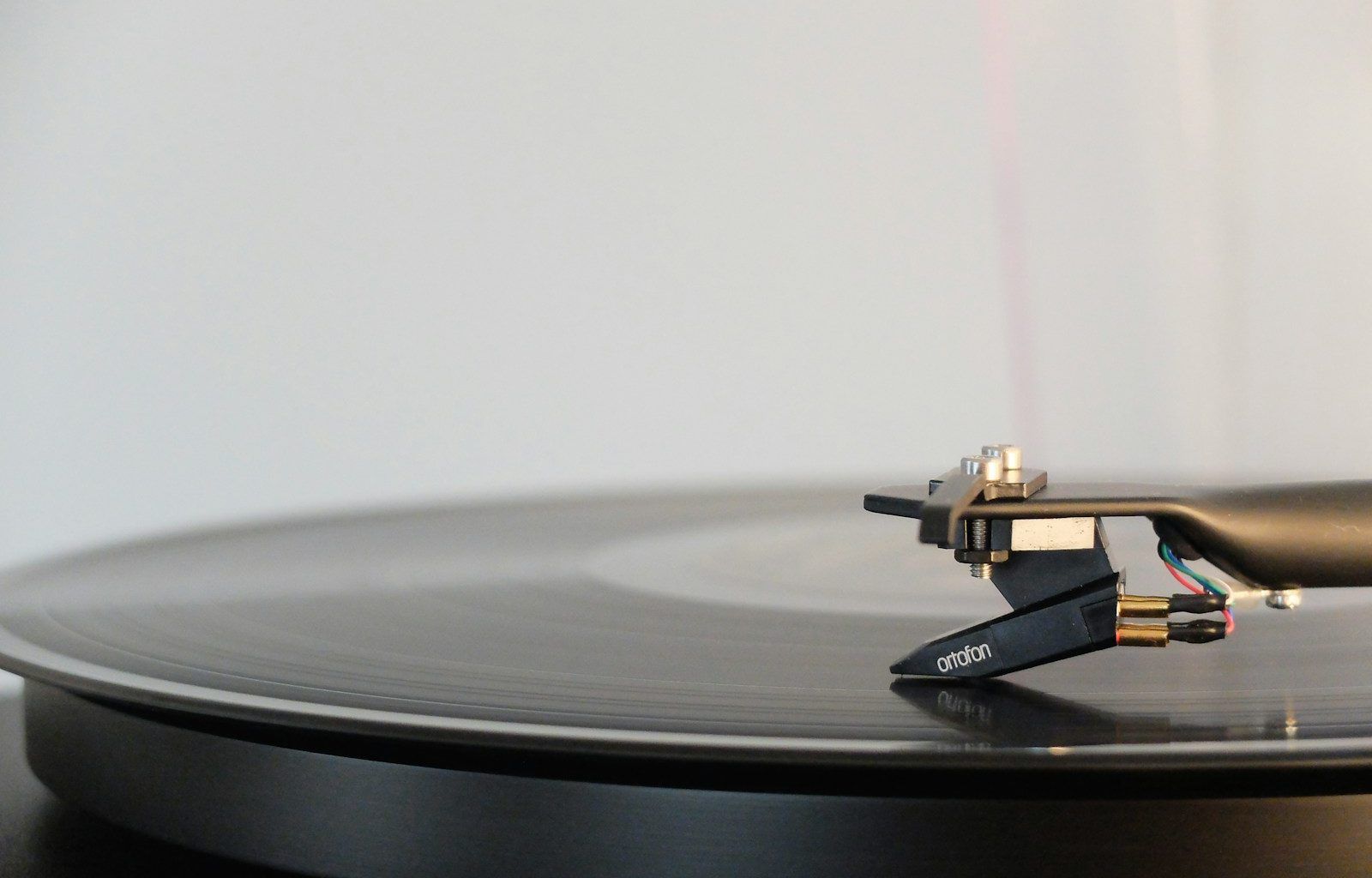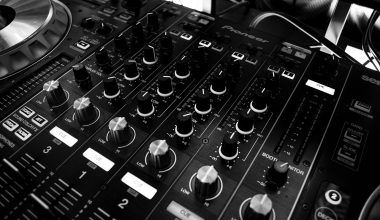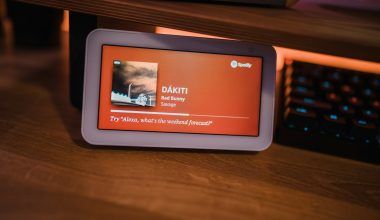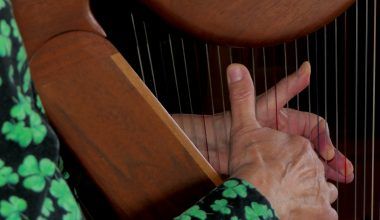If you’ve ever wondered, “DSP Meaning in Music?” you’re not alone. It’s a term that often pops up in discussions about audio, production, and even streaming. But what exactly is it, and why is it such a big deal in the music world? Let’s dive into this fascinating topic and break it down into simple terms so anyone can understand.
The Basics of DSP in Music
DSP stands for Digital Signal Processing. In music, this technology refers to the way digital devices and software process audio signals. Imagine you’re listening to a song on your favorite streaming platform or adjusting the bass on your car’s sound system. Both actions involve DSP. It’s the invisible magic that makes music sound better, more immersive, and tailored to your preferences.
At its core, DSP takes raw sound data and applies algorithms to modify or enhance it. These enhancements can include noise reduction, equalization, and adding effects like reverb or delay. Essentially, DSP allows engineers and musicians to manipulate audio in creative and technical ways, transforming how we experience music.
How Does DSP Work?
Let’s simplify this. Picture sound waves as squiggly lines that represent vibrations in the air. When you record or play music digitally, these sound waves get converted into numbers. That’s where DSP comes in. Using math (don’t worry, you don’t need to know the formulas), DSP tools analyze and alter these numbers to change the way the audio sounds.
For example, if a recording has a lot of background noise, DSP can clean it up so you only hear the music. Or, if you want to make a track sound like it was recorded in a huge concert hall, DSP adds reverb to create that effect. It’s all about using technology to enhance or tweak audio.
The Role of DSP in Music Production
In a music studio, DSP is like the secret sauce that makes everything come together. Producers and audio engineers rely on DSP tools to refine tracks, add effects, and balance sound levels. Without DSP, many of the songs we love wouldn’t sound as polished or professional.
For instance, autotune—a popular tool used to correct pitch in vocals—is a form of DSP. Compression, which balances loud and soft sounds, also falls under this umbrella. Even the equalizers you use on your music app to boost the bass or treble are powered by DSP. It’s everywhere, even if you don’t realize it.
DSP and Music Streaming
Have you ever noticed how your favorite songs sound crisp and clear on streaming platforms like Spotify, Apple Music, or Amazon Music? That’s because these platforms use DSP to optimize audio quality for different devices. Whether you’re listening through headphones, speakers, or a smartphone, DSP ensures the sound is consistent and enjoyable.
Streaming services also use DSP to recommend songs. Algorithms analyze your listening habits to suggest tracks you might like. This “music discovery” feature wouldn’t be possible without DSP working behind the scenes.
DSP in Live Performances
DSP isn’t just for recorded music; it’s a game-changer in live performances too. Think about a concert you’ve attended. The sound system uses DSP to manage everything from microphone feedback to ensuring every instrument is heard clearly. It can even simulate specific acoustics, making a stadium feel like an intimate venue.
Musicians often use DSP-powered pedals and processors to create unique sounds during live shows. Guitarists, for example, might use effects like distortion or chorus, all thanks to DSP. It’s what allows live music to sound dynamic and engaging.
The Creative Side of DSP
Beyond the technical stuff, DSP opens up endless creative possibilities. Artists can experiment with sounds in ways that weren’t possible before. Want your voice to sound like a robot? DSP can do that. Want to create an otherworldly echo effect? DSP has you covered.
Some genres, like electronic music, heavily rely on DSP to craft their signature sounds. Synthesizers, drum machines, and samplers all use DSP to generate and modify audio. Even traditional genres benefit from DSP, as it enables unique soundscapes and textures that make tracks stand out.
Why DSP Matters for Listeners
As a listener, you might not think about DSP, but it impacts your music experience more than you realize. It’s what makes your favorite playlist sound amazing, whether you’re using high-end headphones or a basic Bluetooth speaker. DSP ensures that the audio is optimized for your specific setup, delivering the best possible sound quality.
Moreover, DSP helps in accessibility. Features like volume normalization ensure that you don’t have to constantly adjust your volume when switching between tracks. Noise-canceling headphones also use DSP to block out unwanted sounds, letting you enjoy your music without distractions.
The Future of DSP in Music
As technology advances, DSP is only going to get better. Imagine virtual concerts where the sound adapts to your room, or streaming services that personalize audio settings based on your preferences. With artificial intelligence and machine learning, DSP will become even smarter, creating tailored music experiences for everyone.
For musicians and producers, DSP will continue to push creative boundaries. Tools will become more intuitive, allowing artists to focus on their craft rather than the technical aspects. And for listeners, the future promises even more immersive and personalized audio experiences.
Final Thoughts
So, what does DSP Meaning in Music? It’s the technology that shapes how we create, produce, and enjoy music. From the studio to your headphones, DSP is everywhere, making audio sound better and more accessible. Whether you’re a musician, producer, or just someone who loves music, understanding DSP Meaning in Music gives you a deeper appreciation for the art and science behind every track.
Related Articles:
For further reading, explore these related articles:
- SZA’s Grammy Awards Journey: A Heartwarming Story of Hard Work and Talent
- Xin Kpop Group: The Rising Stars You Need to Know
For additional resources on music marketing and distribution, visit DMT RECORDS PRIVATE LIMITED






